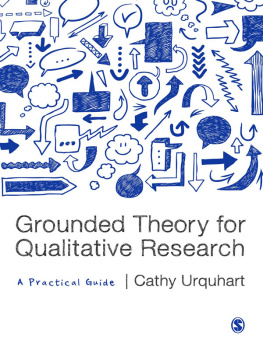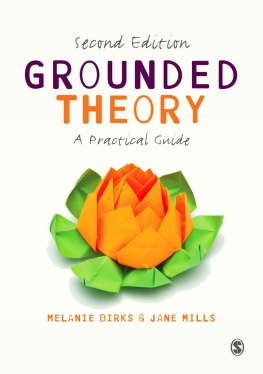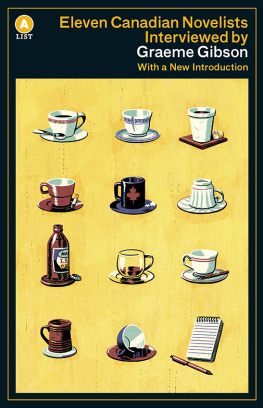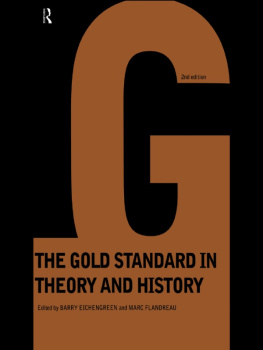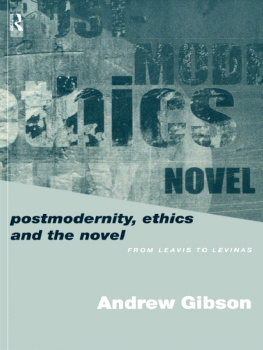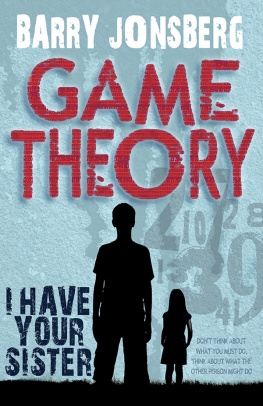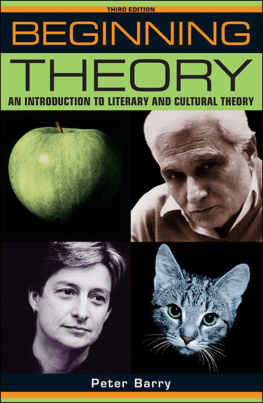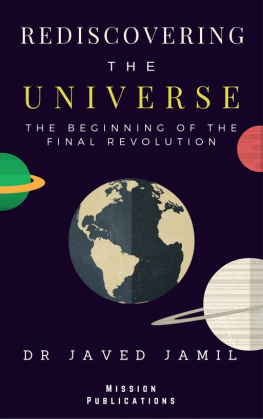Barry Gibson - Rediscovering Grounded Theory
Here you can read online Barry Gibson - Rediscovering Grounded Theory full text of the book (entire story) in english for free. Download pdf and epub, get meaning, cover and reviews about this ebook. year: 2013, publisher: SAGE, genre: Politics. Description of the work, (preface) as well as reviews are available. Best literature library LitArk.com created for fans of good reading and offers a wide selection of genres:
Romance novel
Science fiction
Adventure
Detective
Science
History
Home and family
Prose
Art
Politics
Computer
Non-fiction
Religion
Business
Children
Humor
Choose a favorite category and find really read worthwhile books. Enjoy immersion in the world of imagination, feel the emotions of the characters or learn something new for yourself, make an fascinating discovery.

- Book:Rediscovering Grounded Theory
- Author:
- Publisher:SAGE
- Genre:
- Year:2013
- Rating:3 / 5
- Favourites:Add to favourites
- Your mark:
- 60
- 1
- 2
- 3
- 4
- 5
Rediscovering Grounded Theory: summary, description and annotation
We offer to read an annotation, description, summary or preface (depends on what the author of the book "Rediscovering Grounded Theory" wrote himself). If you haven't found the necessary information about the book — write in the comments, we will try to find it.
Rediscovering Grounded Theory — read online for free the complete book (whole text) full work
Below is the text of the book, divided by pages. System saving the place of the last page read, allows you to conveniently read the book "Rediscovering Grounded Theory" online for free, without having to search again every time where you left off. Put a bookmark, and you can go to the page where you finished reading at any time.
Font size:
Interval:
Bookmark:


 Connect with other researchers and discuss your research interests
Connect with other researchers and discuss your research interests Keep up with announcements in the field, for example calls for papers and jobs
Keep up with announcements in the field, for example calls for papers and jobs Discover and review resources
Discover and review resources Engage with featured content such as key articles, podcasts and videos
Engage with featured content such as key articles, podcasts and videos Find out about relevant conferences and events
Find out about relevant conferences and events www.methodspace.com |  |

ISBN 978-1-4462-4871-3 (pbk)

1 Olivers Yard
55 City Road
London EC1Y 1SP
2455 Teller Road
Thousand Oaks, California 91320
B 1/I 1 Mohan Cooperative Industrial Area
Mathura Road
New Delhi 110 044
3 Church Street
#10-04 Samsung Hub
Singapore 049483
Editorial assistant: Lily Mehrbod
Production editor: Nicola Marshall
Copyeditor: Sarah Bury
Proofreader: Derek Markham
Marketing manager: Ben Griffin-Sherwood
Cover design: Francis Kenney
Typeset by: C&M Digitals (P) Ltd, Chennai, India
Printed in Great Britain by Henry Ling Limited at The Dorset Press, Dorchester, DT1 1HD

Font size:
Interval:
Bookmark:
Similar books «Rediscovering Grounded Theory»
Look at similar books to Rediscovering Grounded Theory. We have selected literature similar in name and meaning in the hope of providing readers with more options to find new, interesting, not yet read works.
Discussion, reviews of the book Rediscovering Grounded Theory and just readers' own opinions. Leave your comments, write what you think about the work, its meaning or the main characters. Specify what exactly you liked and what you didn't like, and why you think so.

